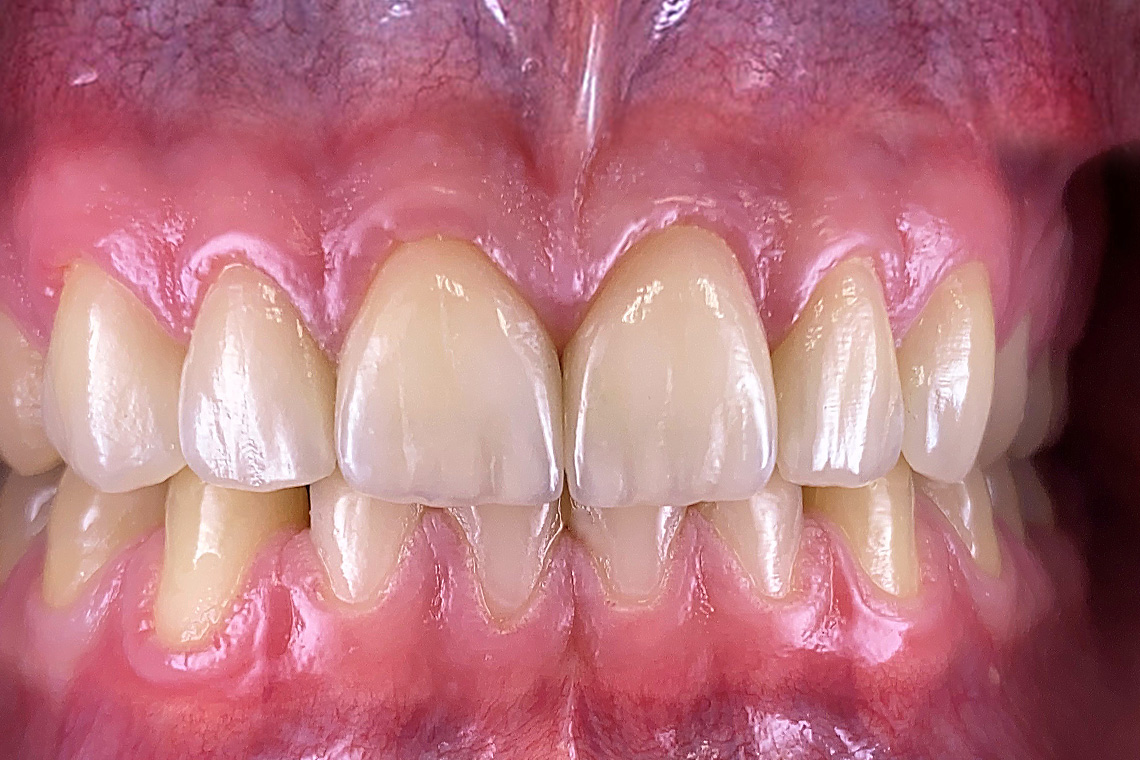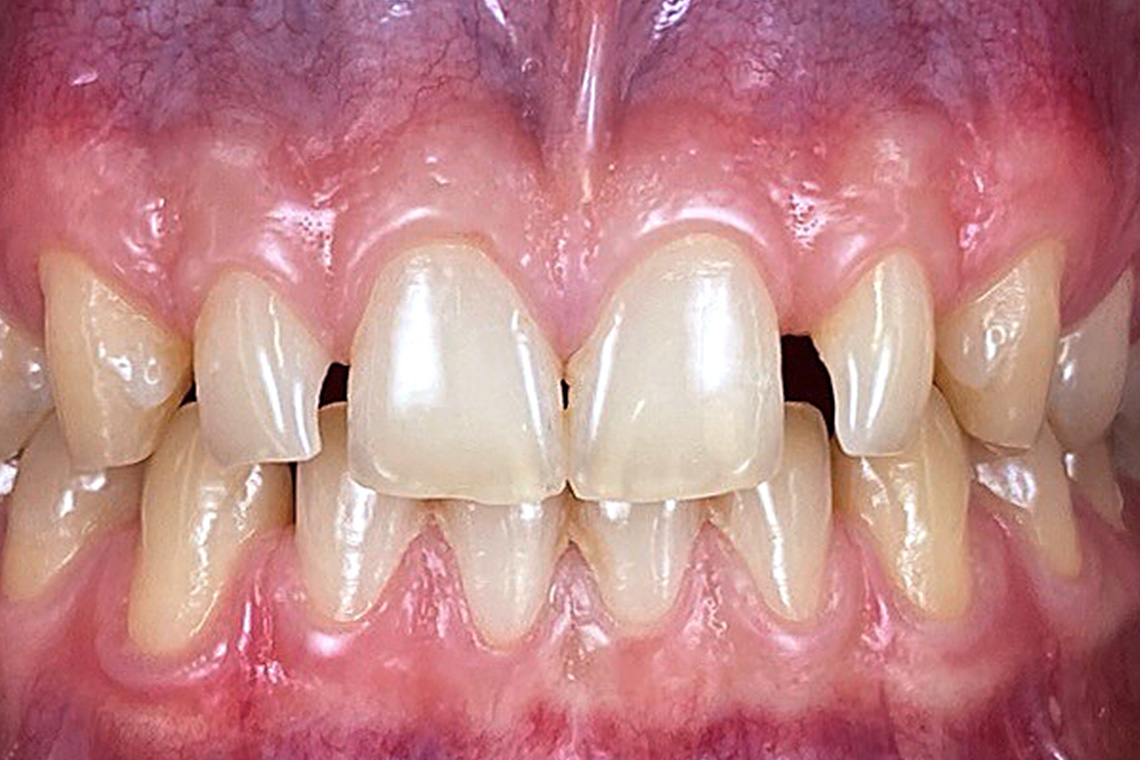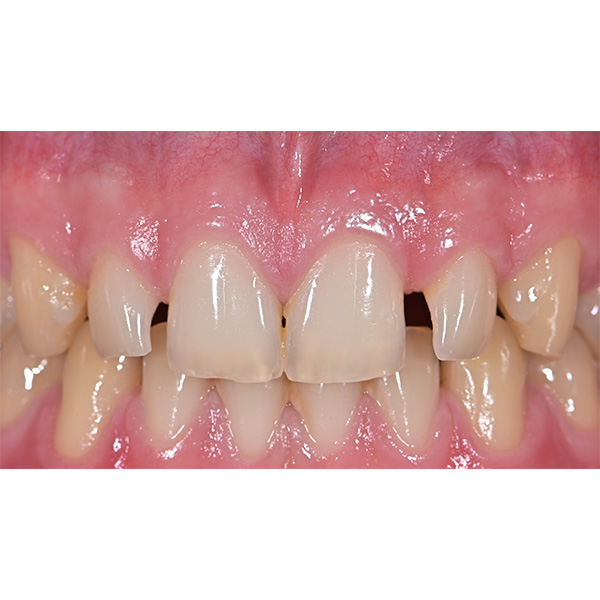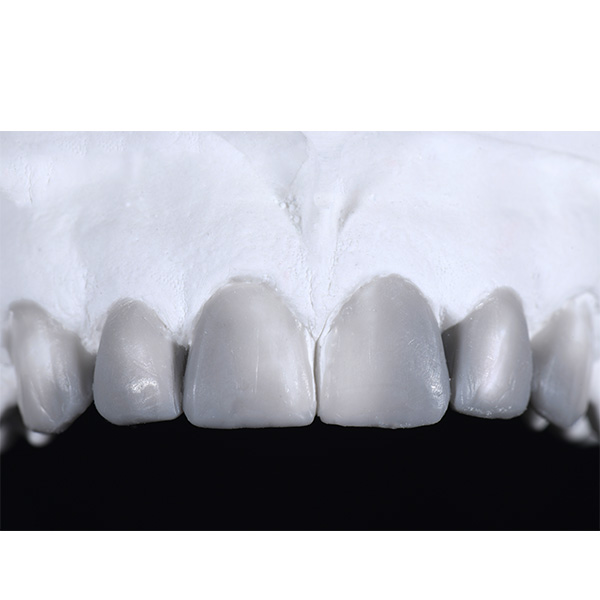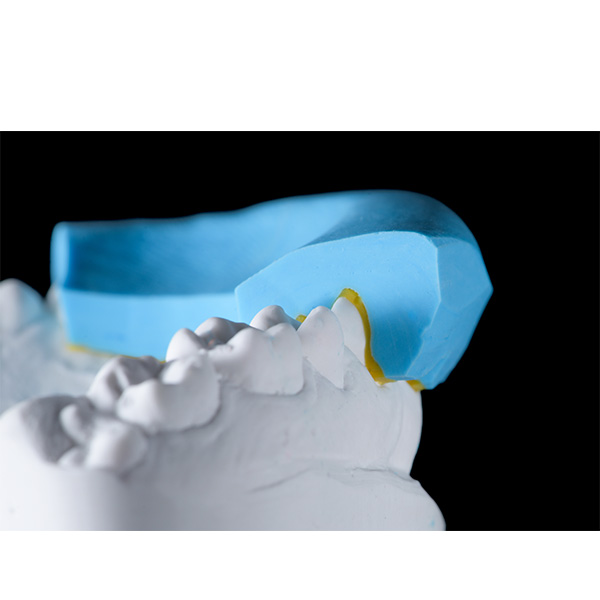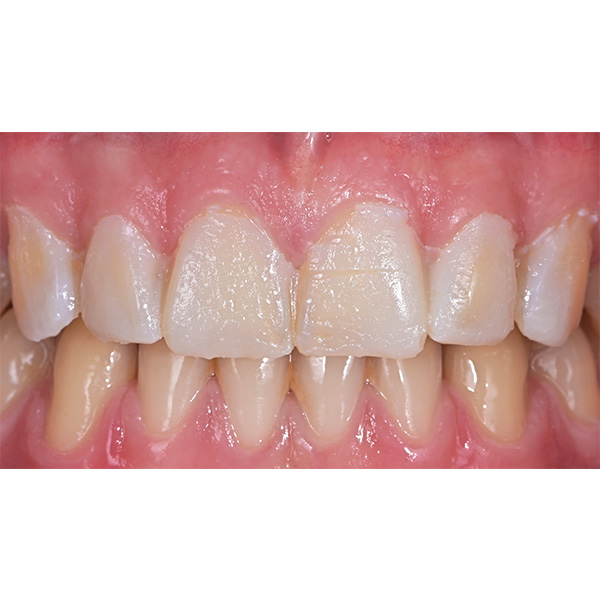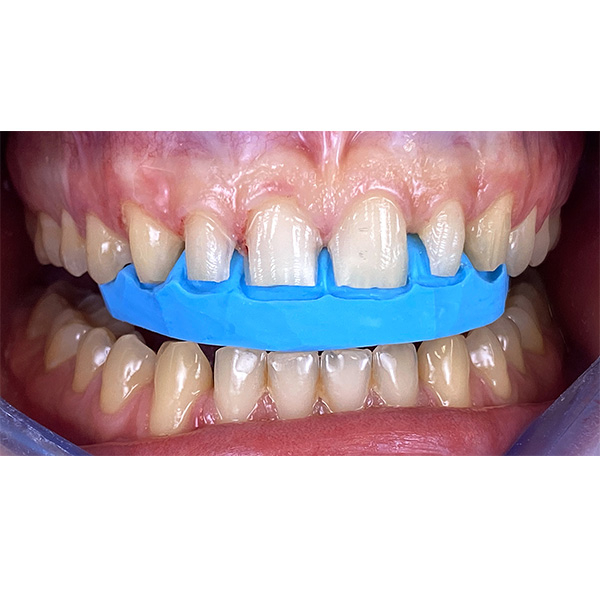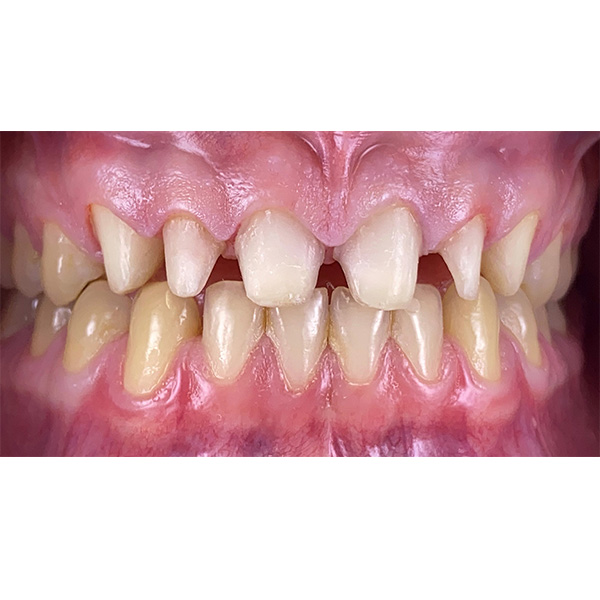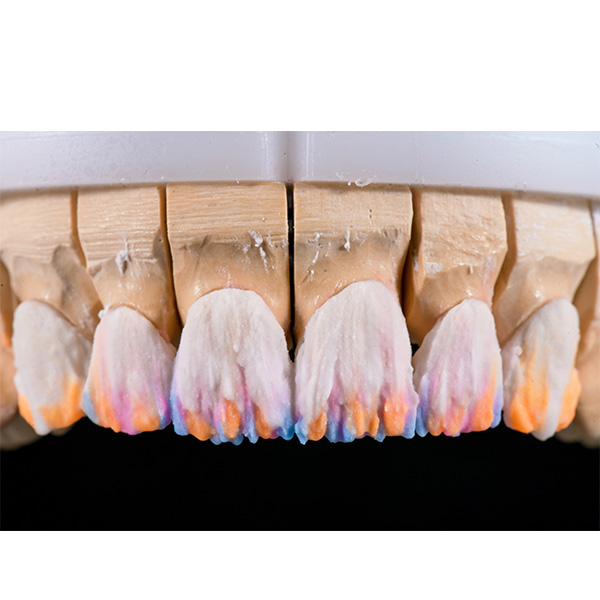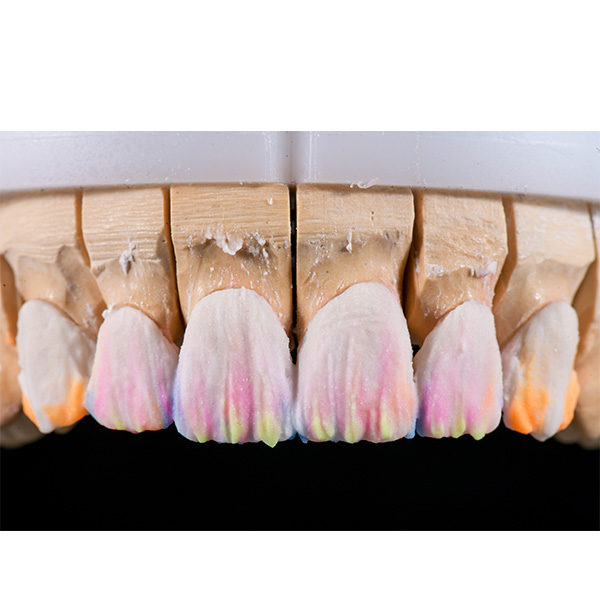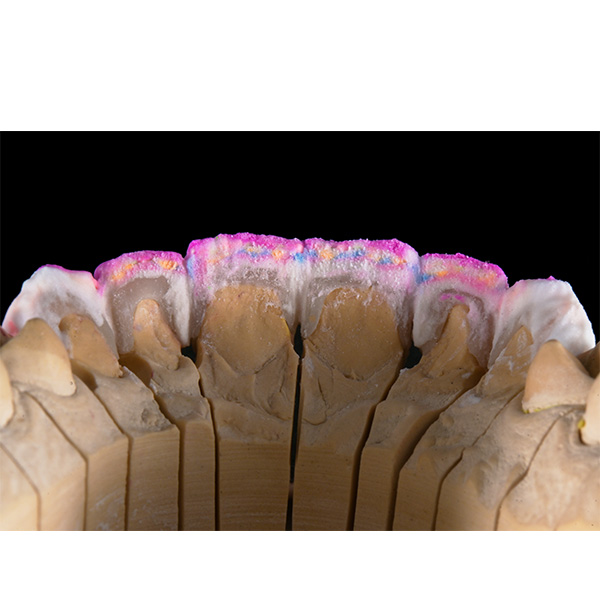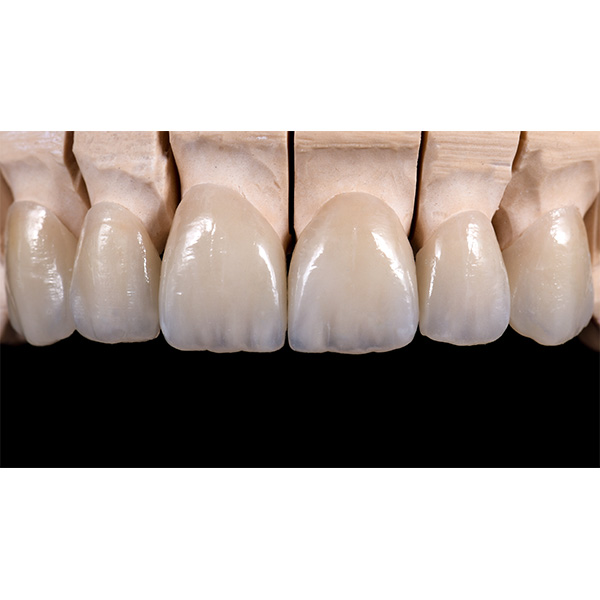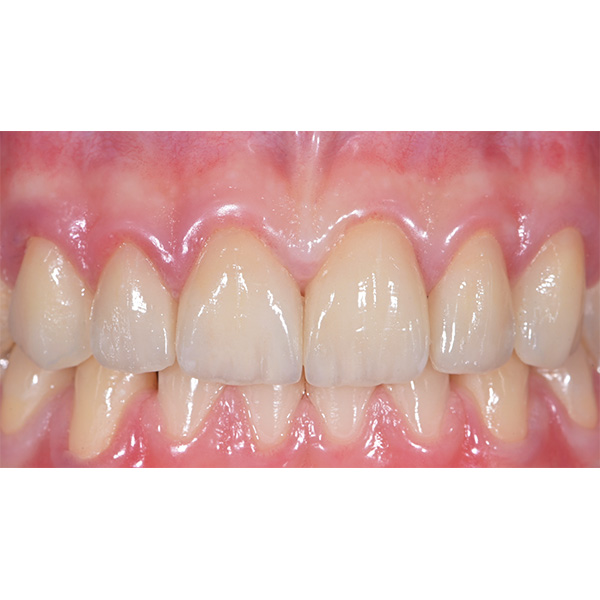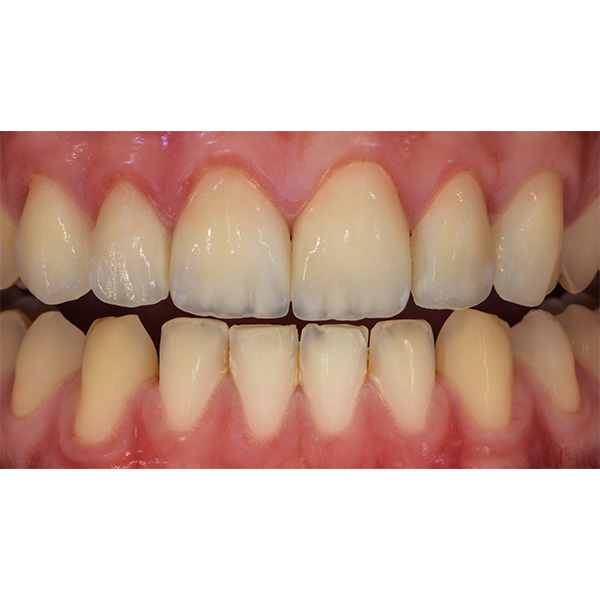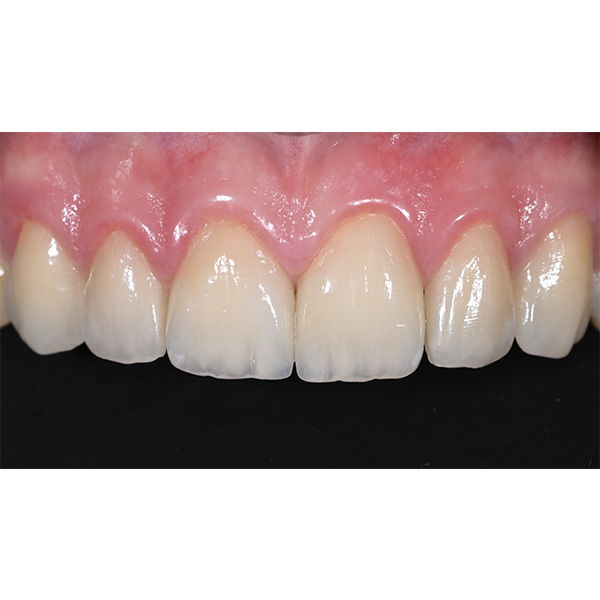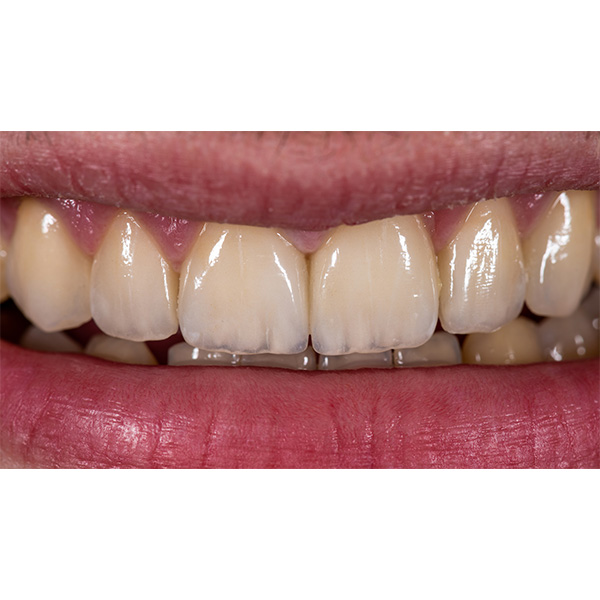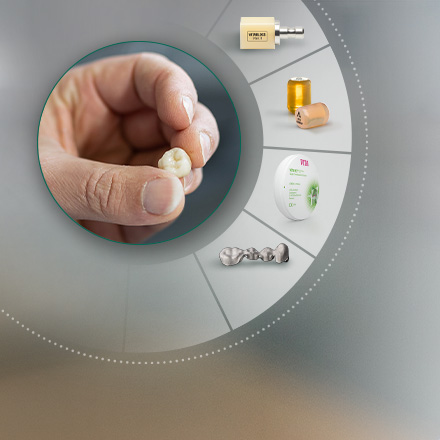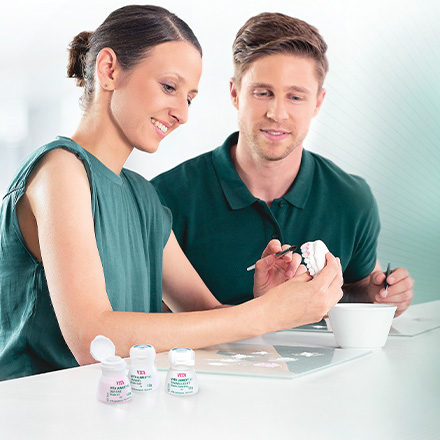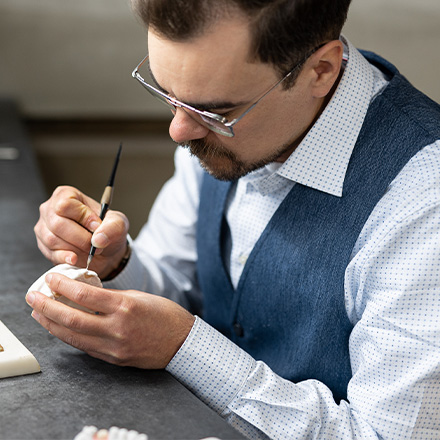Professor Knezović Zlatarić Dubravka, DDM, MSc, PhD,
Zagreb, Croatia
Pongrac Robert, Dental technician,
Zagreb, Croatia
Doctor Soldo Mirko, DDM, PhD,
Osijek, Croatia
Using a minimally invasive, adhesive bonding technique and tooth-colored ceramic material in fabricating veneers is considered one of the greatest achievements in modern prosthodontics. This article presents the steps of an individual treatment approach for a young adult patient with multiple diastemas and shade disharmonies on maxillary anterior teeth.
The treatment plan was based on the selection of a proper ceramic material and technical procedure to achieve the best esthetic results using veneers. This includes analyzing the specific case, defining the treatment goal, determining the precise shade, selecting the best preparation design and finding the most appropriate adhesive concept.
The following case presents how size, shape, position and shade of natural teeth can be controlled during the closure of multiple diastemas to achieve a more proportional dental relationship. In order to achieve shade accuracy and a highly esthetic all-ceramic match, the zirconia-reinforced lithium disilicate press ceramic VITA AMBRIA, in combination with the veneering ceramic VITA LUMEX AC (both VITA Zahnfabrik, Bad Säckingen, Germany), were selected as restorative materials.


